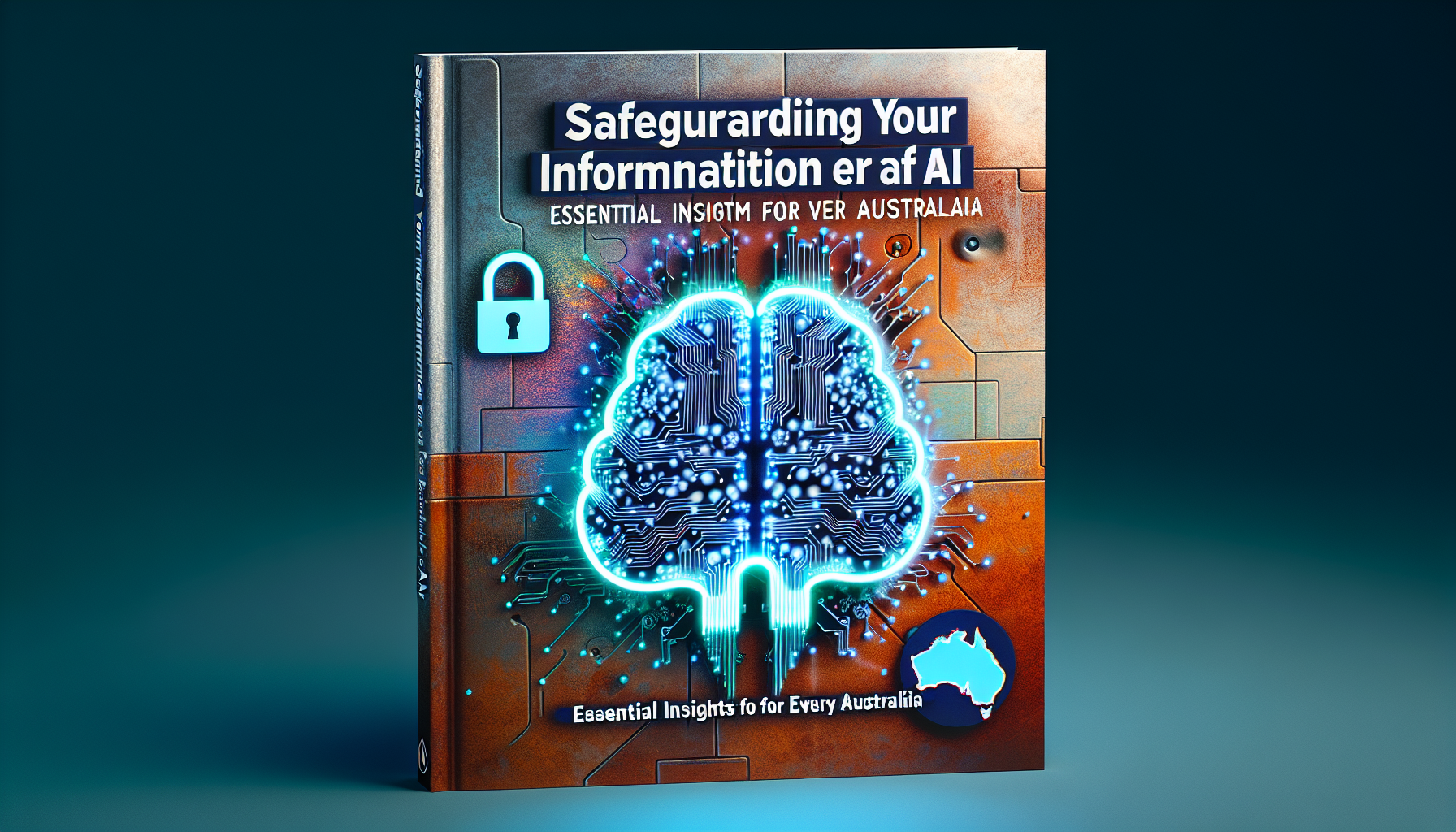Safeguarding Your Information in the Era of AI: Essential Insights for Every Australian
We independently review everything we recommend. When you buy through our links, we may earn a commission which is paid directly to our Australia-based writers, editors, and support staff. Thank you for your support!
Quick Summary: Important Insights
- In 2024, 95% of organizations encountered challenges with AI integration, primarily due to issues related to data readiness and security.
- Australia and New Zealand have introduced new privacy laws enforcing more stringent data protection measures.
- Data breaches soared to unprecedented numbers in early 2024, with 67% resulting from malicious or criminal acts.
- Implementing Data Security Posture Management (DSPM) is crucial for discovering and safeguarding sensitive information.
- Ensuring AI safety necessitates automation, governance, and ongoing monitoring to counteract emerging risks.
- Business leaders should identify data security as a strategic investment rather than merely a compliance task.
- Subpar data quality can lead to substantial financial losses and hinder AI performance.

The Vital Connection Between Data Security and Information Management
As artificial intelligence (AI) becomes integral to business innovation in Australia and New Zealand (ANZ), ensuring data security is imperative—not optional. Forrester reports that 60% of Asia Pacific firms are localizing AI models to align with local demands, thereby heightening the sensitivity and intricacy of data management.
Firms with sophisticated information management systems are 1.5 times more likely to secure early successes with AI. Effective data management encompasses not only the storage and retrieval of information but also compliance with laws such as Australia’s Privacy Act 1988 and APRA regulations. Recent data from the Office of the Australian Information Commissioner (OAIC) and the Australian Cyber Security Centre (ACSC) indicated 527 breaches in merely six months, with 67% caused by malicious or criminal entities.
Significant Legislative Changes
- Penalties of up to 10% of annual revenue for severe violations
- Personal data now encompasses technical information and identifiers
- Tighter consent protocols and improved user rights
- Required breach notifications with expedited timelines
- Privacy-by-design mandates for all digital platforms
Understanding Data Sensitivity in AI Contexts
AI technologies rely heavily on data—but they can also pose risks. The 2024 MediSecure breach, which impacted nearly half of Australia’s populace, underscored the tangible impacts of inadequate data safeguarding in an AI-driven environment. Healthcare providers are especially exposed due to the essential nature of their services and the sensitive data involved.
Organizations must adapt their strategies to incorporate Data Security Posture Management (DSPM), which enables them to:
- Identify and categorize sensitive data no matter its location
- Implement tiered security measures based on risk assessments
- Spot unusual access patterns and potential threats
- Ensure compliance with legal standards
- Automate responses to data security threats
Evolving Security Roles and Continuous Discussion
The AI surge has generated a new category of security professionals focusing on AI-specific vulnerabilities and data exposure threats. These roles are essential for maintaining a robust security stance in the face of changing risks. Security leaders should consistently monitor, evaluate, and refine their organization’s security framework by:
- Assessing vulnerabilities within AI systems
- Crafting specialized AI security policies
- Working across departments to align business and security goals
- Promoting security awareness in the organizational culture
Automating Data Security for Growth and Effectiveness
The immense volume of data generated in AI environments renders manual security measures outdated. Automation has become essential. Cybersecurity Ventures reports a 35% rise in the application of advanced threat detection tools, and Gartner predicts that by 2025, 70% of organizations will implement AI-driven threat intelligence systems.
Automation empowers organizations to:
- Map sensitive data and evaluate risk exposure
- Consolidate and prioritize at-risk information
- Create visual assessments of vulnerable data assets
- Redirect security teams toward strategic responsibilities rather than reactionary monitoring
Improving Data Security via Quality and Governance
AI systems function optimally only when powered by reliable data. Poor data quality introduces errors and heightens security risks. Gartner estimates that poor data costs organizations approximately AU$21 million annually, with 30% attributed to security-related expenses.
To alleviate these risks, organizations should:
- Implement automated data quality assessments
- Establish data governance frameworks
- Enforce organized metadata management
- Adopt lifecycle management strategies that include timely data archiving or deletion
A Holistic Strategy for AI Data Security
In an era where AI revolutionizes business operations, data security must advance accordingly. The synergy of proactive information management, automated security measures, and compliance with legal standards establishes a robust foundation for secure AI adoption.
For ANZ organizations, the way forward involves strategic investment, continuous education, and cross-department collaboration to guarantee that innovation does not compromise security.
Discover how AvePoint’s AI Security and Confidence solutions can aid your organization in implementing thorough data protection strategies that foster AI-driven progress. Visit AvePoint’s AI Security and Confidence Solutions.

Conclusion
AI offers exceptional prospects for ANZ firms but also brings substantial risks, particularly regarding data security. New legal frameworks, escalating cyber threats, and vast data volumes necessitate a modern strategy for data lifecycle management. By utilizing DSPM, automation, and governance, organizations can ensure that their AI projects are secure, compliant, and effective.
Q: What makes AI implementation difficult for Australian organizations?
A:
Implementing AI is challenging due to obstacles related to data readiness, information security, and compliance with changing privacy regulations. Most organizations lack the necessary infrastructure and governance to securely manage AI-compatible data.
Q: What is DSPM and its significance?
A:
Data Security Posture Management (DSPM) supplies real-time visibility regarding sensitive data’s location, accessibility, and usage. It enables organizations to proactively address potential risks before they escalate into breaches.
Q: What key alterations have been made to the Australian Privacy Act?
A:
Significant revisions include increased penalties for breaches, broader definitions of personal data, stricter consent provisions, and compulsory, expedited breach notifications. Additionally, it introduces a ‘privacy by design’ criterion for all systems.
Q: How does automation enhance data security?
A:
Automation allows for quicker threat detection, minimizes human error, and enables security teams to concentrate on strategic tasks. Systems can continuously monitor data access trends and address threats in real-time.
Q: In what ways can poor data quality impact AI systems?
A:
Outdated or inaccurate data can result in flawed AI outcomes.
